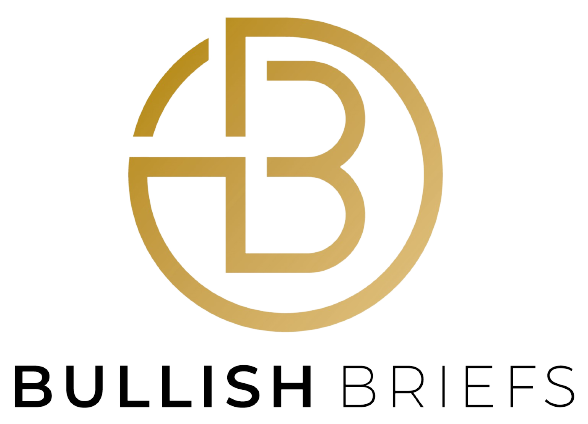Robinhood Markets, a leading online brokerage. It has encountered a significant setback as the company reported a steep decline in its trading volumes, which in turn, affected its revenue stream. Despite a 29% increase in third-quarter revenue reaching $467 million. Despite this Robinhood fell short of the anticipated $480 million mark set by analysts. The start of this descent can be tied to Robinhood’s struggle with declining trades, particularly in the stock trading segment. Robinhood saw a 13% dip compared to last year’s figures.
A Detailed Look at the Financial Health
The company’s stock plummeted over 14% following the earnings report, reflecting investor concerns. This significant drop came in despite Robinhood’s narrowing net loss to $85 million, or 9 cents per share, which surpassed Wall Street’s projections. However, it wasn’t enough to offset the downturn in monthly active users, which fell by 16% to 10.3 million in the third quarter from the previous year.
Trading Activity and User Base Dynamics
Trading activity forms the crux of Robinhood’s revenue model. The 13% decline in transaction revenue from stock trading and a substantial 55% fall in crypto trading year-over-year. Are telling indicators of the company’s challenges. Robinhood did manage to maintain its options trading volume, but this stagnation offered little solace against the broader downward trend. Moreover, the decline in transaction-based revenue was consistent, with an 11% decrease overall.
Strategic Efforts Amidst Rising Treasury Yields
Robinhood’s struggle with declining trades coincides with the rise in treasury yields, which saw the 10-year Treasury yield topping 5% recently. This has added pressure on equities and consequently on platforms like Robinhood that rely heavily on retail trading activity. To navigate through these choppy waters, CEO Vlad Tenev emphasized their focus on “providing industry-leading products,” aiming to capture more of the market and expand internationally. These efforts include the upcoming launch of their brokerage in the U.K. and opening up crypto trading to EU customers.
Financial Offerings and Customer Engagement
While the company seeks international growth, it also aims to deepen its value proposition at home. Robinhood has been enhancing its product offerings, such as the Robinhood Gold subscription. Robinhood Gold now yields a 4.9% annual return on cash and includes a 3% match on IRA contributions. These enhancements have led to approximately 100,000 new Gold subscribers in the third quarter, indicating a positive response to the enhanced benefits.
Challenges and Prospects
The company’s ambitious goal of converting the majority of its users to Gold subscribers speaks volumes about its strategic direction. However, Robinhood’s accounts remain relatively small in size, with an average balance under $4,000. This size impacts the monetization potential, especially when trading volumes are low. As a result, average revenue per user has dipped to $80 in the third quarter from $84 in the second quarter, a far cry from the over $100 mark in 2021.
In their journey toward a full-spectrum financial services provider, akin to giants like Charles Schwab, Robinhood has started making headway in credit services. Robinhood is expanding its securities-lending platform, seeking diversified revenue streams beyond trading fees.
Robinhood, while facing immediate headwinds due to diminishing trading activities, is not standing still. The company is adapting by enhancing customer value propositions and venturing into new territories and services. Its ability to pivot and capture growth opportunities despite market volatility will be crucial for its long-term success.







